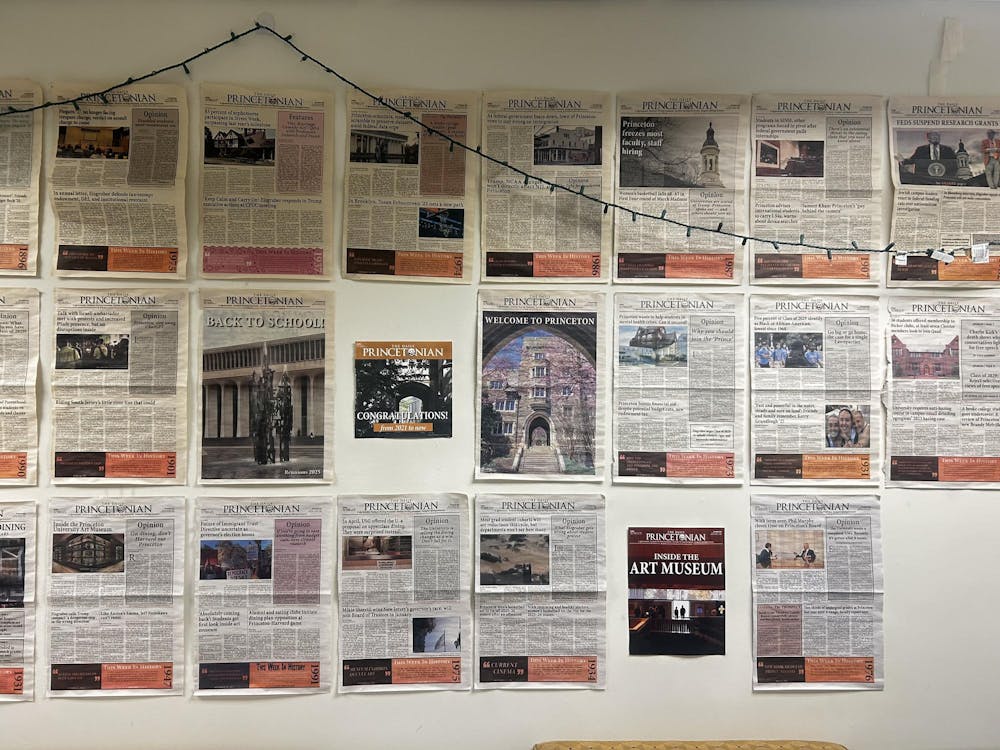University responsible for proposed Millstone Bypass site
I read with interest the article in last Thursday's 'Prince' about the upcoming Millstone Bypass environmental assessment. The final assessment document was just released Tuesday.
This is a critical issue for Princeton students and alumni because the University administration is playing a major role in this government-funded highway. The article expressed many of the technical requirements of the review process, but failed to detail the true controversies surrounding this issue — and why students need to get involved during the next 30 days.
The goal of the project is to speed up traffic on U.S. Route 1, which is often congested because of the recent and continuing office development in the area. To remove traffic lights, the bypass cuts through extensive forests and wetlands behind the David Sarnoff research facility, crosses Route 1 near the Millstone river and then continues to follow the river and Lake Carnegie, meeting up with Washington Road at the bridge.
The bypass proposal disregards the importance of the elm tree entrance to Princeton and glosses over the impacts of the road on the serenity of the canal tow path we all use. Yet the route is supported by the one institution we would expect to protect these special resources — Princeton University. In fact, other parties agreed on a different, low-impact alternative — running the bypass along Route 1 instead of the canal.
Why would the University ignore the importance of the elm entrance and the canal? Why would it risk relations with the Township and Borough, which both oppose the bypass? The University's answer: A few extra acres of land would be required for the alternative plan.
The University does not have imminent plans for this land, which is located along Route 1, as far as possible from the main campus. It would have to relinquish nearly the same amount of land for the current proposed roadway. And the proposed bypass separates the main campus from this undeveloped land. In fact, the alternative retains a larger continuous parcel for future development.
It appears that the administration values this small parcel of land more than the context, history and environment in which the University sits. It has made this decision without student or alumni input on the importance of these resources.

With the release of the environmental assessment Tuesday, it is critical for members of the University community to find out more about the proposed road, ask about the impacts and encourage the University to reevaluate its decision. dam Bromwich '96








